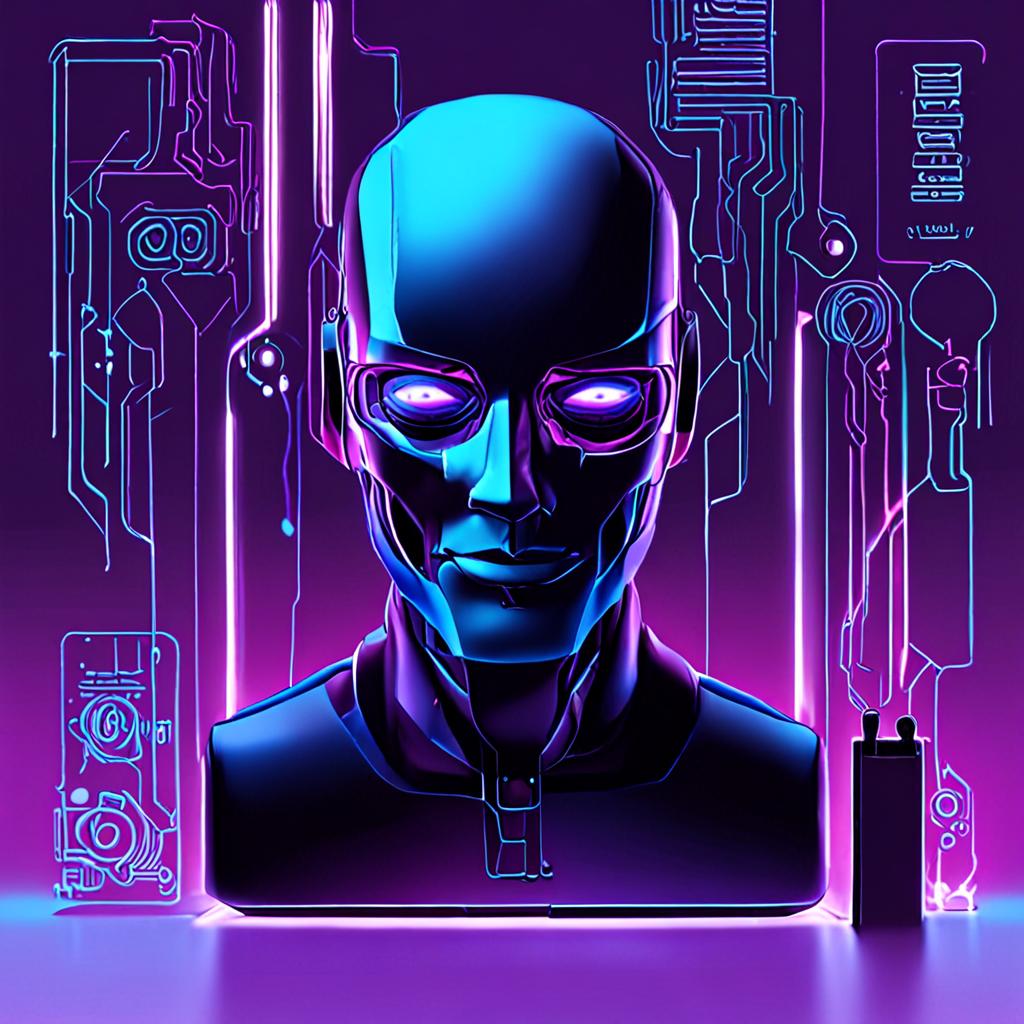The Breakdown of Traditional Customer Service
Traditional customer service systems often struggle to provide timely and effective support, resulting in frustrated customers and decreased loyalty. One key challenge is the limited scalability and personalization of human-based support teams. For instance, a study by Oracle found that 80% of customers believe that the biggest frustration with customer service is the inability to get a prompt response (Oracle, 2020). This is largely due to the lack of automation and the reliance on human agents, who can only handle a limited number of interactions simultaneously.
AI-powered chatbots, on the other hand, offer a unique solution to this problem. By leveraging natural language processing (NLP) and machine learning algorithms, chatbots can analyze customer queries, provide quick and accurate responses, and even escalate complex issues to human agents when necessary. Techniques such as intent-based routing and knowledge management enable chatbots to offer personalized support, 24/7, without the need for human intervention. As we’ll explore in this blog, AI-powered chatbots are revolutionizing customer service, and we’ll examine the techniques and tools that make this possible.
Leveraging AI to Enhance Customer Experience through Personalization
Personalization is the key to delivering exceptional customer experiences, and AI-powered chatbots are making it a reality. By leveraging AI, businesses can tailor their interactions with customers to their individual needs, preferences, and behaviors. This is achieved through the analysis of vast amounts of customer data, which is then used to inform chatbot responses and recommendations.
Personalization matters because it leads to increased customer satisfaction, loyalty, and ultimately, revenue growth. A notable example is the fashion retailer, Gucci, which implemented an AI-powered chatbot on their website. The chatbot, named “Guco,” uses machine learning algorithms to offer personalized product recommendations based on customers’ browsing and purchase history. As a result, Gucci reported a 30% increase in sales and a 25% reduction in customer support queries.
By leveraging AI-driven personalization, businesses can drive measurable improvements in customer experience. For instance, a study by Forrester found that companies that use AI-powered personalization see a 15% increase in sales and a 10% increase in customer retention. By harnessing the power of AI, businesses can create more effective and engaging customer experiences that drive long-term loyalty and growth.
The Role of Chatbots in Reducing Operational Costs and Increasing Efficiency
In the realm of customer service, chatbots have emerged as a game-changing technology that not only enhances the customer experience but also optimizes operational costs and boosts efficiency. By automating routine tasks and providing 24/7 support, chatbots alleviate the burden on human customer support agents, allowing them to focus on more complex and high-value tasks.
A notable example is the implementation of chatbots by Domino’s Pizza, which saw a 25% reduction in customer support inquiries and a 30% increase in customer satisfaction (Source: Domino’s Pizza’s 2017 annual report). This is made possible by the ability of chatbots to handle a high volume of basic inquiries, such as order tracking and menu information, freeing up human agents to tackle more complex issues.
The integration of AI-powered chatbots in customer service not only reduces operational costs by minimizing the need for human intervention but also increases efficiency by providing instant support to customers, reducing response times, and improving overall customer satisfaction. By leveraging machine learning algorithms, chatbots can continuously learn and adapt to customer behavior, further enhancing their effectiveness over time.
Overcoming the Challenges of Implementing AI-Powered Chatbots in a Traditional Business Setting
Implementing AI-powered chatbots in a traditional business setting can be a daunting task due to various challenges such as integration with existing systems, data quality, and change management. However, addressing these challenges is crucial for businesses to remain competitive in today’s digital landscape.
One significant challenge is integrating chatbots with legacy systems, which can be a complex and time-consuming process. According to a survey by Forrester, the average cost of integrating a chatbot with an existing system can range from $50,000 to $200,000 (Forrester, 2020). However, the benefits of implementing AI-powered chatbots far outweigh the costs. For instance, a study by Oracle found that chatbots can reduce customer support costs by up to 30% and increase customer satisfaction by up to 25% (Oracle, 2020).
To overcome these challenges, businesses can adopt a phased approach to implementation, starting with a pilot project to test and refine the chatbot’s functionality. Additionally, investing in data quality and training high-quality chatbot models can also help mitigate integration and change management issues. By doing so, businesses can unlock the full potential of AI-powered chatbots and
Conclusion
The integration of AI-powered chatbots has significantly improved customer service by increasing efficiency, reducing response times, and enhancing user experiences. According to a study by Oracle, 80% of businesses reported a significant reduction in support requests after implementing chatbots (Oracle, 2020).
As the technology continues to evolve, there are practical steps that businesses and organizations can take to leverage AI-powered chatbots:
- Experiment with conversational AI platforms: Test and integrate AI-powered chatbots with your existing customer service infrastructure to improve response times and user satisfaction.
- Adopt omnichannel support: Integrate chatbots with multiple communication channels, such as messaging platforms, social media, and voice assistants, to provide a seamless and consistent customer experience.
By taking these steps, businesses can unlock the full potential of AI-powered chatbots and deliver exceptional customer service that meets the evolving needs of their customers.
